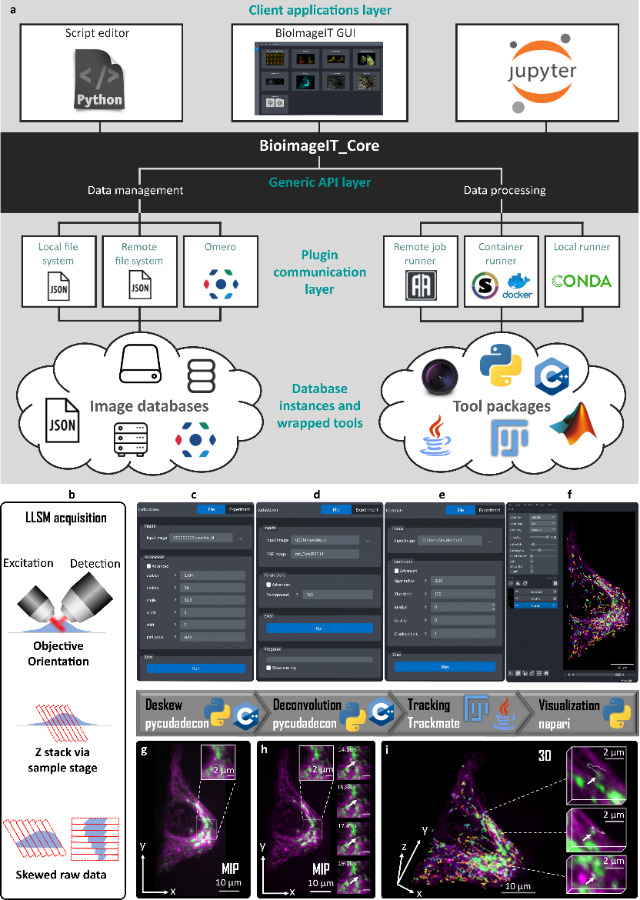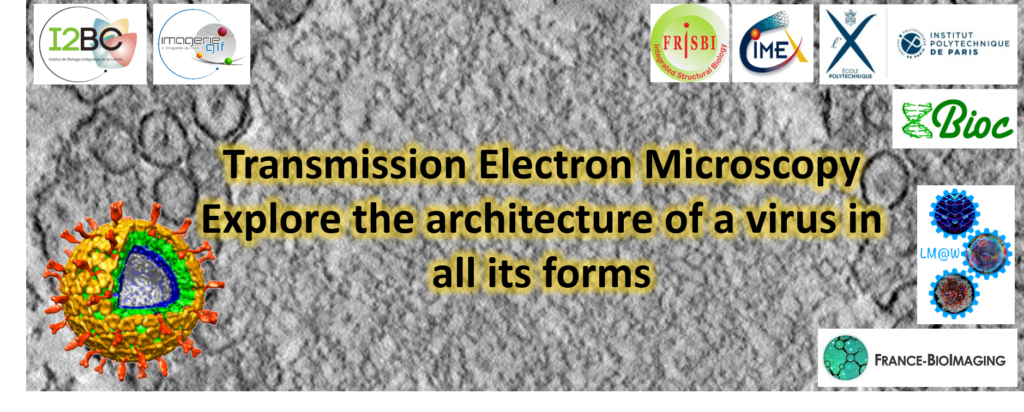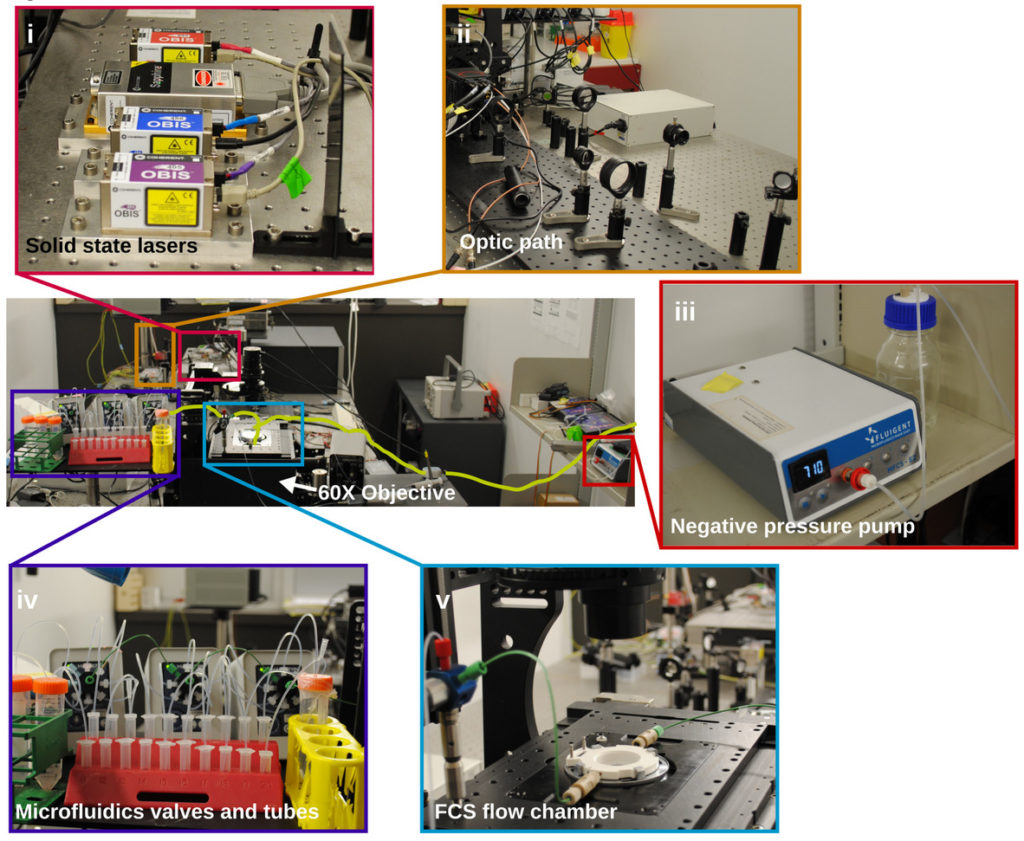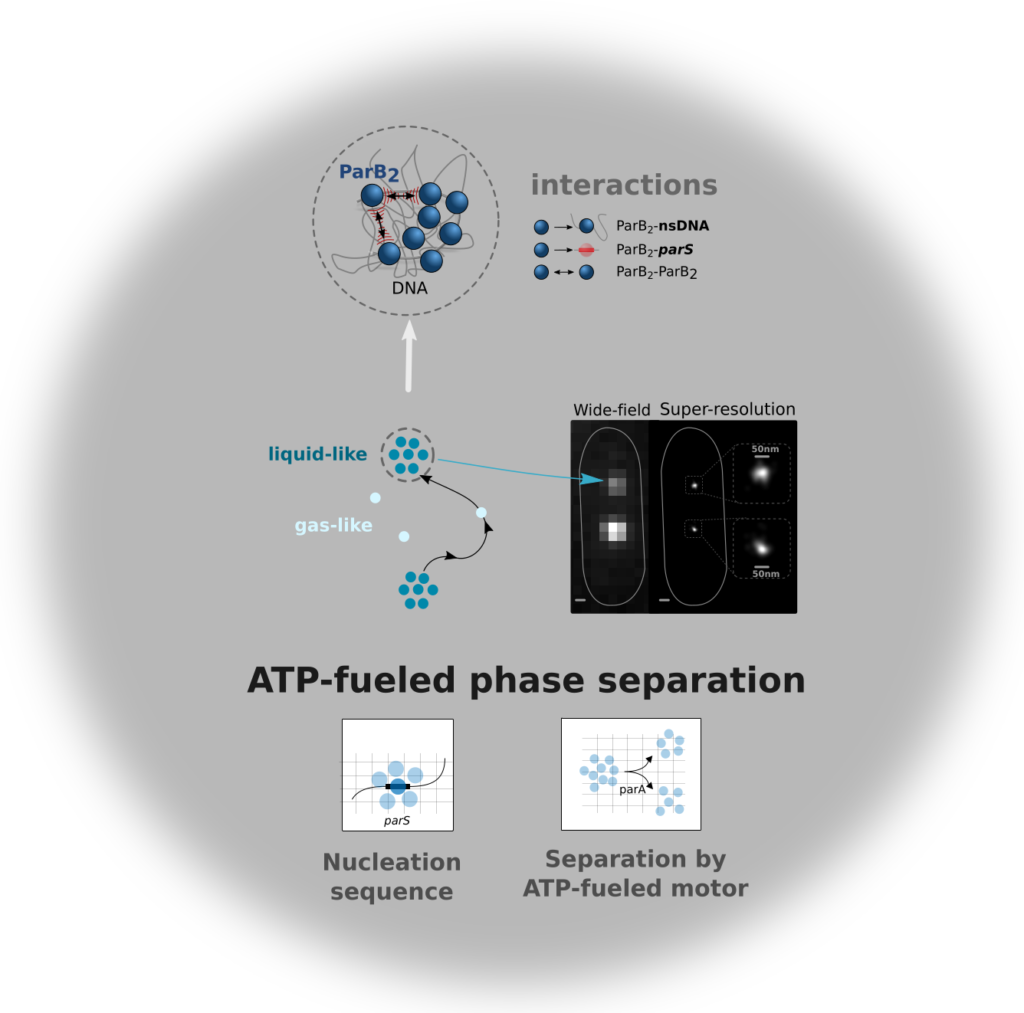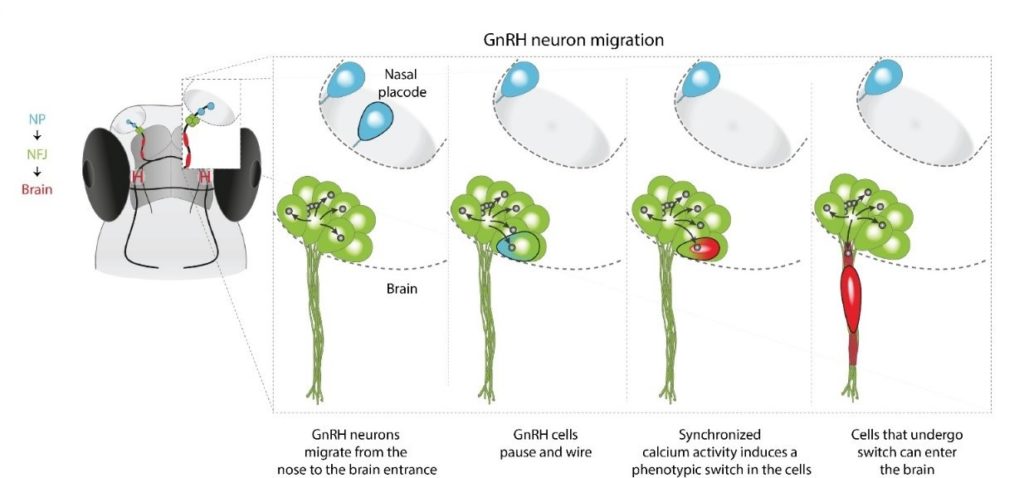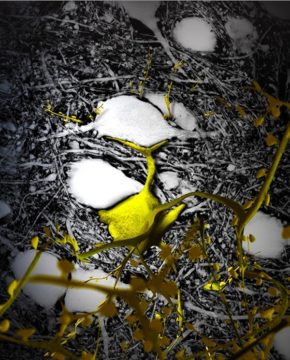Initiated a few years ago, the Inria-IPL-NAVISCOPE (“Image guided NAvigation and Visualization data sets in live cell imaging and microscopy”) project aims at overcoming challenges of bioimaging observation. Virtual and augmented reality could become the new way to visualize and analyze microscope image renders.
Despite incredible progresses in microscopy, imaging biomolecular dynamics in cells remains a challenge. A lack of sensitivity, limited recording speed, photobleaching and phototoxicity associated have restrained, for a long time, our capacity to study biomolecules in their natural environments. As microscopy image is commonly observed on 2D screens, it can narrow human capacities to grasp volumetric, complex, and discrete biological dynamics. Following new modes of visualization including virtual reality (VR)/augmented reality (AR) approaches, the NAVISCOPE project allows more accurate analysis and exploration of large time series of volumetric images, such as those produced by the latest 3D + time fluorescence microscopy.
Why should cell biologists be interested in this project?
The project to which 4 FBI-teams from the BI-IPDM node participate, aims at engineering a technology made with and for biologists. For VR/AR approaches to be adopted by the broader bioimaging community, it is, indeed, important that they are evaluated by the biologists, on their own datasets.
The potentials of VR/AR technologies for scientists are numerous: navigating into multidimensional, large data sets with another view angle or perception, interacting with these data especially by selecting subregions, quantifying features of interests, etc. New VR/AR approaches also provide specific quantification tools to show distances, angles, counting, local density, and histogram profiler or include a selection of regions of interest for further analysis such as the 3D Timelines. Moreover, because communication with analysis software coded in Java or Python is now integrated, more post-treatment analysis is possible on selected features, providing a multifaceted and accessible tool for biologists.
A promising future ahead
In practice, immersion of the user within 3D + time microscopy data still represents an acculturation challenge for the concerned community. Thus, to promote a broader adoption of these approaches by biologists, further dialogue is needed between the bioimaging community and the VR&AR developers. Nonetheless, future innovation can already be foreseen as there are multiple way to upgrade this technology. For example, using eye-tracking (Günther et al., 2020) or haptic interfaces (Petit et al., 2020) can improve human perception by providing local sensations, which would improve the selection of responses in a 3D + time space. Besides, a better integration of multiple channels with high pixel resolution or the addition of vector representations could add information about the orientation, movement of molecules or organization of structures such as cytoskeleton elements or membrane lipids. The prospects initiated by the NAVISCOPE projects are, as mentioned above, endless and could be a technology that reshapes the way we see biology at the hearth.
Full article on:
Challenges of intracellular visualization using virtual and augmented reality
Valades-Cruz Cesar Augusto, Leconte Ludovic, Fouche Gwendal, Blanc Thomas, Van Hille Nathan, Fournier Kevin, Laurent Tao, Gallean Benjamin, Deslandes Francois, Hajj Bassam, Faure Emmanuel, Argelaguet Ferran, Trubuil Alain, Isenberg Tobias, Masson Jean-Baptiste, Salamero Jean, Kervrann Charleseub
Front. Bioinform. 2:997082.
https://doi.org/10.3389/fbinf.2022.997082
